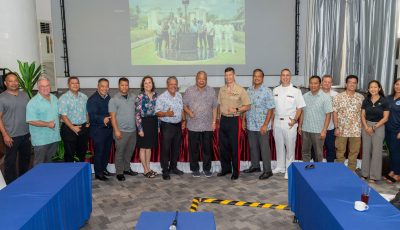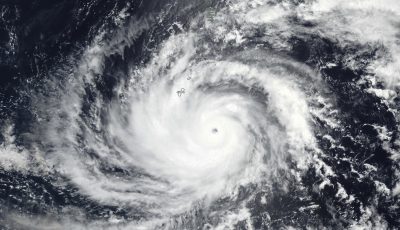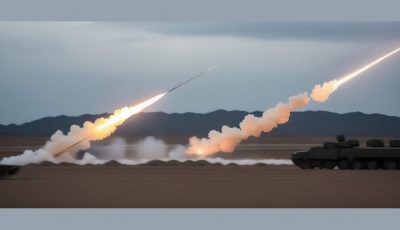Military, Star Marianas talk of flight route changes
When firing ranges are hot, flights between Saipan and Tinian could log as much 10 to 12 miles of distance traveled. But that depends on whether they have to fly west of restricted areas around Tinian.
These changes, among others, were discussed between local carrier Star Marianas Airlines and the Marine Corps Forces Pacific officials last week.
Eight restricted areas around Tinian are proposed to support this training. The areas can be “turned on or off” depending on training requirements.
Star Marianas president Shaun Christian said the military provided alternate flight routes during live-fire training.
These were “theoretically doable,” he said, as long as there are required weather minimum cloud clearances.
Right now, he said, depending on how the weather is, Star Marianas has the “flexibility” to maneuver around rain showers, for example.
“With what they are prosing—if ranges are hot—we would be limited in our ability to move around rain showers,” he said.
“The military says that Star can alter its routes and use different aircraft types, and we surely can. Travelers can also get between Tinian and Saipan when the military has closed the airspace by flying to Guam then Japan and then Saipan, if we want to follow the military’s logic. However, unless you’re the military, time, cost, and convenience tend to matter, especially in a non-military tourist economy.”
“Regardless of the mitigation plans developed, if the restricted use airspace is implemented as proposed, there will be an impact to the ability for people to travel freely between Saipan and Tinian and the costs will go up,” he said.
According to the draft environmental impact statement on joint-live fire training on Tinian, the two major airspace units that would have most impact to civilian transit would be the restricted area west of Tinian and the restricted area east of Tinian.
The EIS notes that if one of these areas is activated with other areas, civilian flights can still continue to the other side of the island.
The EIS says that rerouting around the west end of the island would increase distance and add time to the flights, while rerouting around the east of the island would not.
The EIS says aircraft could fly around the active restricted airspace and remain within 2 nautical miles of shore expect when both the west and east restricted areas are activated at the same time.
But if all eight restricted areas were activated, single-engine airplanes would not be able to meet the minimum distances from shore. Star Marianas would have to fly their multi-engine craft.
The restricted area to the east of Tinian would be “required for some portion of the 1-2 hours per day up to 135 days per year,” the EIS says.
Aircraft would experience the greatest change in distance, or 10 to 12 miles, when they need to be routed west of restricted areas.



























